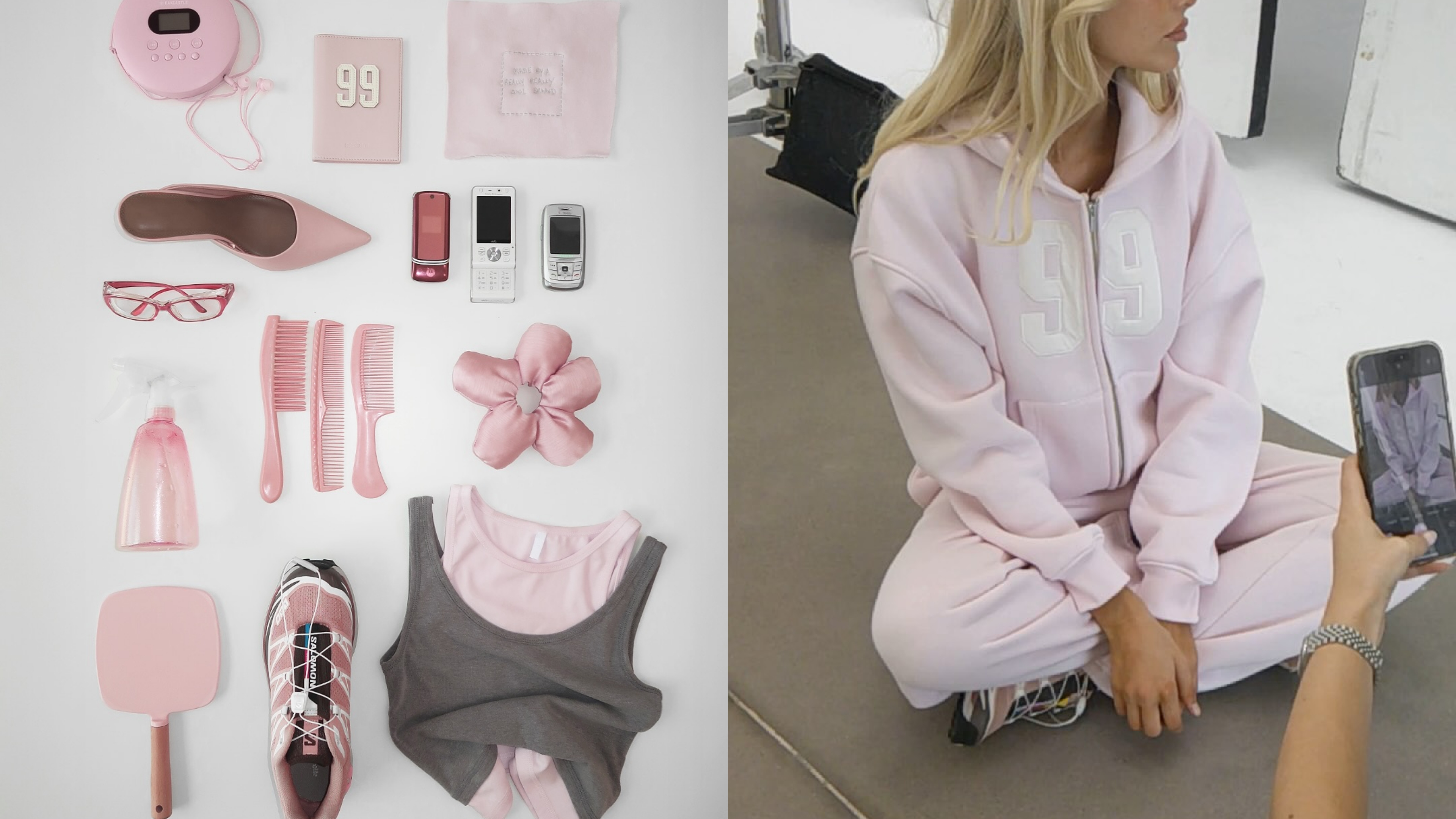Campaigns as Catalysts
No longer confined to box-ticking exercises, some brands are setting new benchmarks in how we perceive inclusivity. One such trailblazer is Uoma Beauty with its 'We See You' campaign. This initiative disrupts traditional beauty standards by centring on a broad spectrum of skin tones and cultures. Their message of inclusivity isn't merely skin deep; it probes into the underlying narrative of what beauty truly encompasses.

The Personal Connection
If inclusivity is the compass guiding the fashion and beauty industries, then New York Fashion Week serves as a reliable barometer of change. The event recently witnessed a transformation, featuring brands that championed diversity and accessibility in a manner critics have lauded as groundbreaking. The power of this visibility should not be underestimated; for many, seeing a model that shares their body type, ability, or ethnicity on a mainstream fashion platform is profoundly empowering. This inclusivity extends far beyond the runway; it enters the hearts and minds of consumers, making a long-lasting impact.

The Aesthetics of Inclusion
As we move past traditional gender norms, the fashion industry is catching up, embracing a more fluid approach to identity. Brands like Eckhaus Latta, JACQ NY, and Telfar are offering genderless clothing lines that challenge binary conceptions of fashion. These brands don't merely blur the lines; they erase them, opening up a discourse that is both culturally and aesthetically transformative.
Cultivating Cultural Capital
Consumer-focused approaches extend far beyond the cosmetic or the sartorial. Take the example of Ruka Hair at Selfridges, a bold step towards hair inclusivity, showcasing an array of products catering to different hair types and ethnic backgrounds. In doing so, they not only create a more inclusive shopping environment but also command a form of 'cultural capital' that resonates across diverse customer bases.
Moving Beyond Tokenism
The essence of true diversity lies not just in visible representation but in a deep-rooted ethos that penetrates an organisation's culture. Lindsay Peoples' endeavours for diversity at The Cut exemplify this. By focusing on diverse narratives and voices, Peoples has established a standard that goes beyond surface-level representation, urging us to consider how brands can sustainably integrate inclusivity in their very core.

Inclusivity is not merely a buzzword to be thrown around in marketing meetings; it’s a dynamic force capable of reimagining the entire fashion and beauty landscape. Brands that fail to evolve risk more than just social critique—they jeopardise their future relevance. From Uoma's audacious campaigns to Ruka Hair's retail evolution at Selfridges, the key to progress is moving beyond lip service to authentically engage with the rich tapestry of human diversity. As the industry matures, the spotlight will increasingly focus on brands that not only celebrate diversity but also embed it in their core values.






.svg)


.svg)
.svg)






